Our trip to Bath, England was not complete until we took a tour of the Roman Baths.
The actual baths are located below street level. Only a small fraction of the site is visible from the vantage point of this camera shot from the terrace. The above ground structure was built in the 19th century while the actual baths were initially constructed during the 1st century CE. The unsightly green water is a byproduct of direct sunlight. The original building had a roof that protected the thermal water (46 degrees Celsius).
The terrace is lined with statues of Roman Governors of Britain, Roman Emperors, and military leaders.
The museum and the ancient complex is located under the city streets and buildings. The museum provides evidence of ancient life and artifacts associated with the people who came to the Roman religious spa of Aquae Sulis. The site included a Roman temple that was used until Emperor Theodosius enacted a decree in 391 CE that closed all pagan temples in the Roman Empire. After centuries of neglect, the temple fell apart. Archaeologists have attempted to reconstruct the temple pediment. Near the center of the next picture is a sculpture of Gorjon’s head.
Remnants from the ancient temple only tell part of the story. Stone carvings with writing provide additional clues to what life was like in the Roman Empire.
This stone sculpture captures a popular ancient hairstyle for women.
Enclosed in a protective case is a gilt bronze sculpture of Sulis Minerva. People prayed to this goddess known for her healing powers. Many ancient visitors threw a wide variety of objects into a sacred pool as a sacrifice. Some of these items are on display in the museum.
The museum showcases a variety of enlightening messages that were left behind for the gods.
The engineering feats of the Roman architects demonstrate the different ways that the water was directed from one place to the next. Using gravity, the architects designed ways to avoid floods and to direct water to the Avon River that is approximately 400 meters from the structure.
An aqueduct system enabled water to be effectively channeled from one area to the next.
The under the floor heating elements are revealed in the next picture. This room reminded me of some of the ancient Roman baths in Israel. It is rudimentary compared to modern in-floor radiant heat.
These thick archways provides a glimpse of one hallway. Unfortunately, many of the underground areas were too dimly lit for photographs.
After visiting this site, I gained a better understanding of Ancient Roman culture. Artifacts and structures throughout Europe and the Middle East also reveal Rome’s signature. It is fascinating to examine the similarities and differences from place to place. I gained an appreciation of the way that ancient civilizations dealt with a natural phenomenon such as geothermal energy. I am glad that I live in a time when scientists can provide explanations for such an event that in earlier times appeared to be magical.
Are you heading to Bath, England? If so, the Roman Baths are a must see.
Related Blogs
Enjoying Kennsington Gardens and Hyde Park
A Foodies’s Paradise: London’s Borough Market
Bio
Sandra Bornstein is the author of MAY THIS BE THE BEST YEAR OF YOUR LIFE. It is available on Amazon.
Sandra’s memoir highlights her living and teaching adventure in Bangalore, India. She is a licensed Colorado teacher who has taught K-12 students in the United States and abroad as well as college level courses. Sandra is married and has four adult sons.
The memoir was a finalist in the Travel category for the 2013 Next Generation Indie Book Awards, the 2013 International Book Awards, the 2013 National Indie Book Excellence Awards, 2013 USA Best Book Awards, and a Honorable Mention award in the Multicultural Non-Fiction category for the 2013 Global ebook Awards.
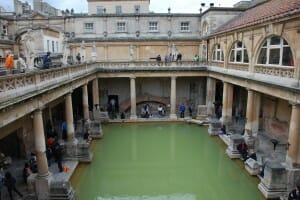
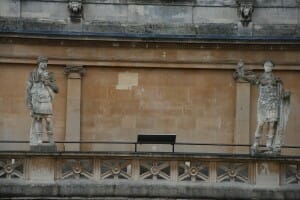
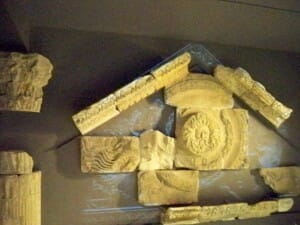
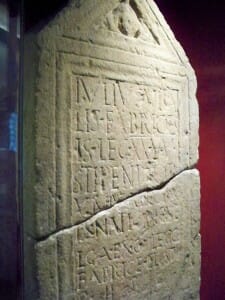
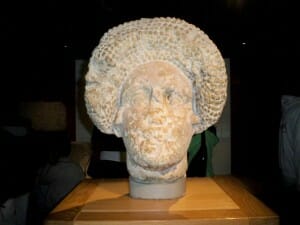

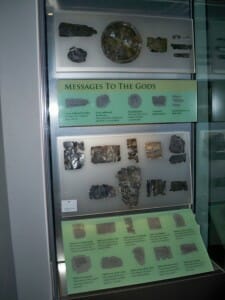
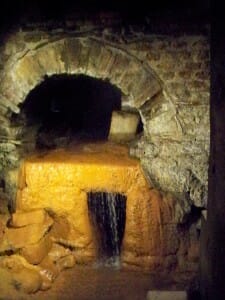
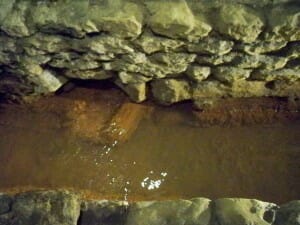
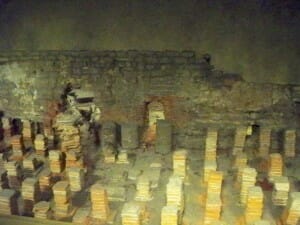
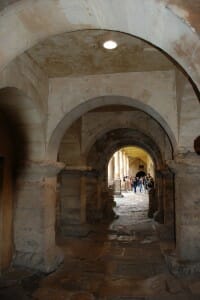
Fascinating images!
Kim, Thanks.